
Perspective on the Indian real estate market
Amidst the turbulence of many of the world’s largest economies, particularly in western markets such as the US and European economies, the broader macro economic outlook in Asia is encouraging.

Amidst the turbulence of many of the world’s largest economies, particularly in western markets such as the US and European economies, the broader macro economic outlook in Asia is encouraging.

Economic growth and real estate performance are two significantly intertwined characteristics. It is widely accepted fact that demand for real estate space is drawn and influenced from economic environment.
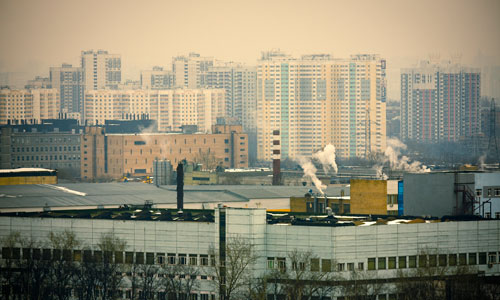
The anticipated demand is likely to exert an upward pressure on property prices especially in markets like NCR, Mumbai and Bangalore where the demand-supply gap is high.
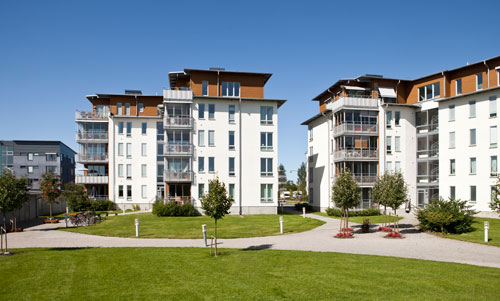
A Knight Frank report suggests revenues of real estate companies have dropped by 19 per cent and profits have declined by 70 per cent, over the past four financial years, since 2007-08.
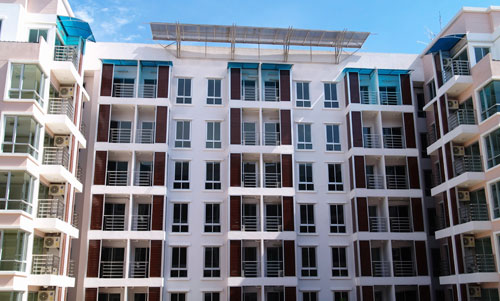
For how long can Indian real estate remain in a state of denial? It is time to get realistic with the ground realities that suggest pre-2007 days are over.

Market forces of demand and supply are the most potent determinants of price and the developments in the real estate industry during year 2011 is the latest example.
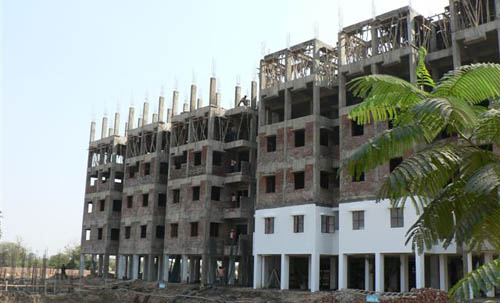
ArthVeda Fund Management (AVFM), a fund management arm of Dewan Housing Finance Corporation (DHFL), India’s 3rd largest mortgage finance company, has launched its second real estate fund – ArthVeda Star.
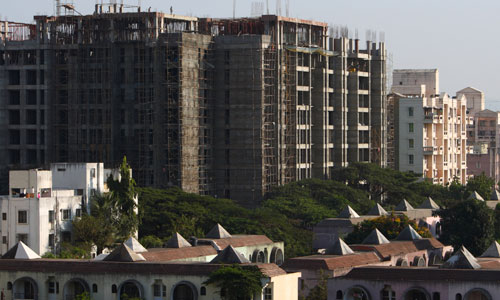
The year 2011 can best be described as a lackluster year for Indian real estate sector. There were several headwinds that prevented the sector from delivering to its full potential.
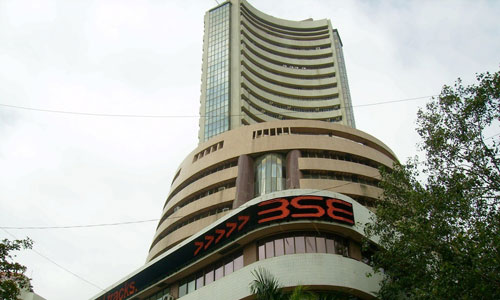
While the piling debt of the listed real estate companies has hit the headlines throughout the year 2011, the debt of the unlisted realty companies today stands at Rs.15 trillion.

The real estate sector in Punjab is likely to witness sluggishness in the run up to Assembly elections in the state next month.
